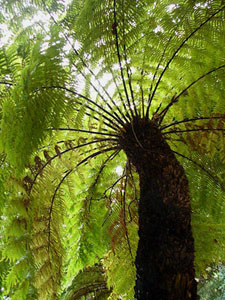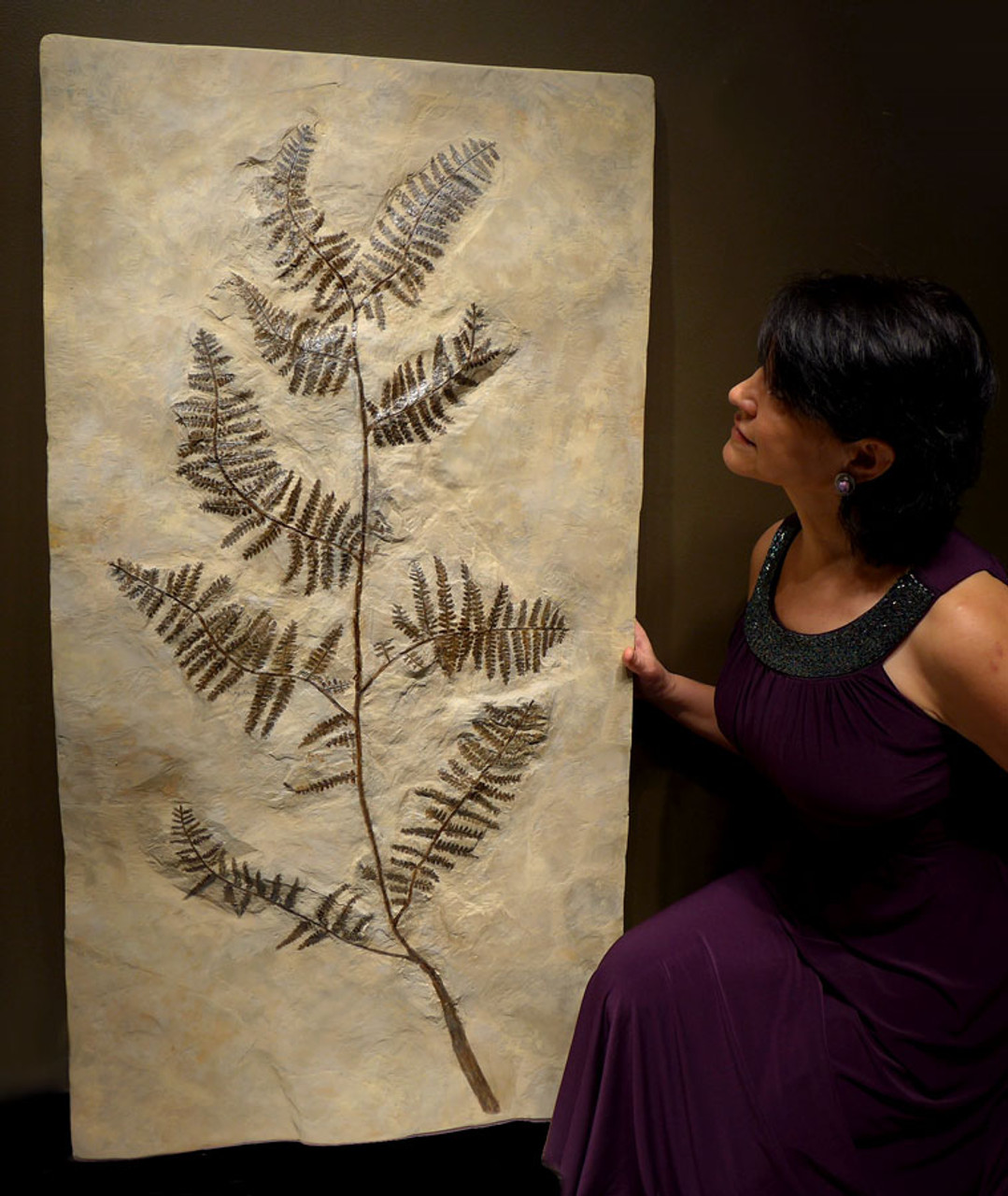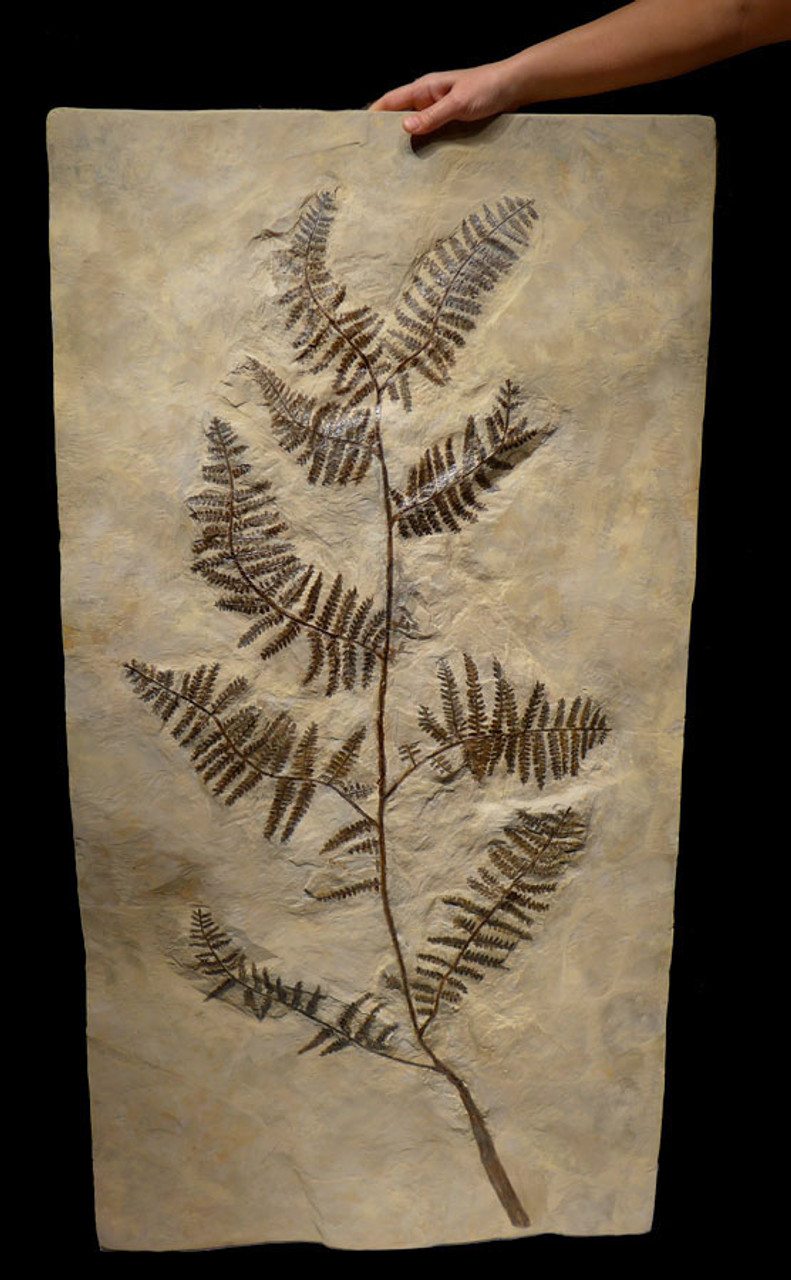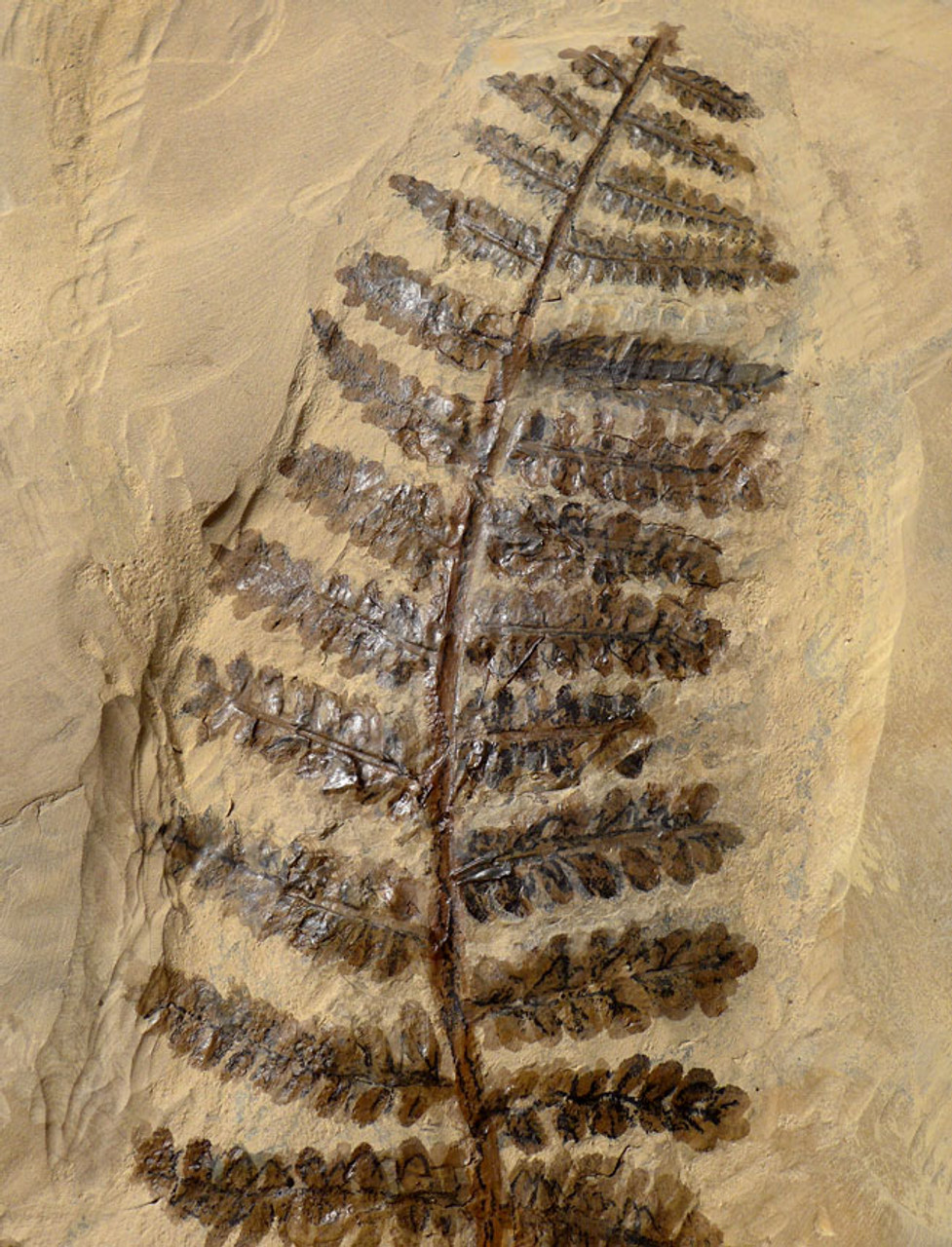Product Description
ID
|
Pecopteris sp., wood
|
||
FOUND
|
Rhineland - Pfalz, Germany
|
||
AGE
|
PERMIAN: 290 million years ago
|
||
SIZE
|
50.5" x 26.5" overall,
|
||
CONDITION
|
TYPICAL REPAIR WITH APPROXIMATELY
|
||
NOTE
|
THE LAST OF OUR LARGE FERN FOSSILS
|
||
Actual Item - One Only
Comes with a certificate of authenticity / information sheet |
|||
CLICK HERE TO LEARN MORE ABOUT PLANT FOSSILS
SPECIAL NOTE: The current laws in this region of Germany have forbid the collection of fossils since 1986 with this quarry specifically, being closed and protected by state law. Legislation has permanently ended the hope of ever securing any new specimens as this one being offered here. This incredible piece comes from an old German private collection and was collected long ago before the ban was enacted.
Words simply cannot do this piece justice. It is really a specimen that MUST be seen in person. Standing alongside it is an amazing experience and the detail in the fossil just does not convey in photographs. Most plant fossil specimens are small so a remarkable specimen as this is truly in a class all its own. A specimen like this is not only priceless in its scarcity, but the beauty and aesthetic it possesses can turn any interior into an instant shrine to natural history when displayed. It is a stunning and enormous specimen. The pleasing warm cream, light brown and gray shale showcases a stunning COMPLETE BRANCH of a Pecopteris sp. fossil tree fern, with all its fronds. Very few fossils like this are found on our planet and one that is as attractive as it is rare is nothing short of a masterpiece of our planet's natural history. Immeasurably more rare than the fossil palm fronds from the MUCH later Eocene Period, you see offered on a regular basis from the Wyoming, USA, Green River Formation!
Pecopteris was a prehistoric giant tree fern that on average, grew to a height of around 13 feet. A photograph at the bottom of this page demonstrates what this tree fern might have looked like nearly 300 million years ago, before the first dinosaurs. Fragments of fossil tree fern branches are common but a COMPLETE giant tree fern branch with the main stem and radiating fronds, is scientifically an incredibly rare occurrence. The fossil is on a rock that was rather frangible and necessitated having the fern removed in numerous pieces and the pieces reconstructed. Damage due to extraction and repair required about 15% - 20% restoration of destroyed leaves and fronds. The entire fossil has also been sealed to stabilize the fragile layers in many areas to protect the fossil from fracturing and to increase contrast to show off the detail.
The overall thickness of this slab is approximately 1 inch and has been reinforced with steel and epoxy.
With the majority of large plant fossils coming from the Eocene deposits of the Green River Formation in North America, a plant fossil of this magnitude and completeness, coming from the Permian Period, puts in in a class all its own. The fern fossil comes from a time BEFORE the first dinosaurs and the geological era it dates to, marks the most dramatic planetary extinction event in history.
Ferns comprise a large group of plants that have a fossil record dating back to the Carboniferous Period, 360 million years ago. During this time, they were the dominant vegetation on the planet. About half of the fern foliage in the Carboniferous developed seeds versus conventional reproduction by spores, leading to the term "seed fern". Many modern families of ferns living today did not appear until the late Cretaceous Period.
The leaves of ferns are called fronds and each frond is made up of leaflets. Ferns typically reproduce by the generation of dust-like, single cell spores which are generated from the fern sporangia structures. These spores act like seeds and in an ideal situation, fall to ground and begin to multiply with the right amount of light and moisture. Eventually, these tiny growths become a separate fern.
In the Silurian Period, plants needed to make the cross-over from water to land so they developed ways in which to extract nutrients and water from the Earth. They developed an epidermis to slow down the loss of water and pores called stomata by which an exchange or gas could occur. By the Devonian Period, some plants had developed these characteristics leading to becoming the first land plants. At this time, five classes of plants had emerged - Psilotopsida , Trimerophytopsida, Zosterophyllopsida, Lycopdiopsida, and Equisetopsida. Ferns and fern allies, as we know them today, arose from these early plants.

 US DOLLAR
US DOLLAR
 EURO
EURO
 AUSTRALIAN DOLLAR
AUSTRALIAN DOLLAR
 CANADIAN DOLLAR
CANADIAN DOLLAR
 POUND STERLING
POUND STERLING
















